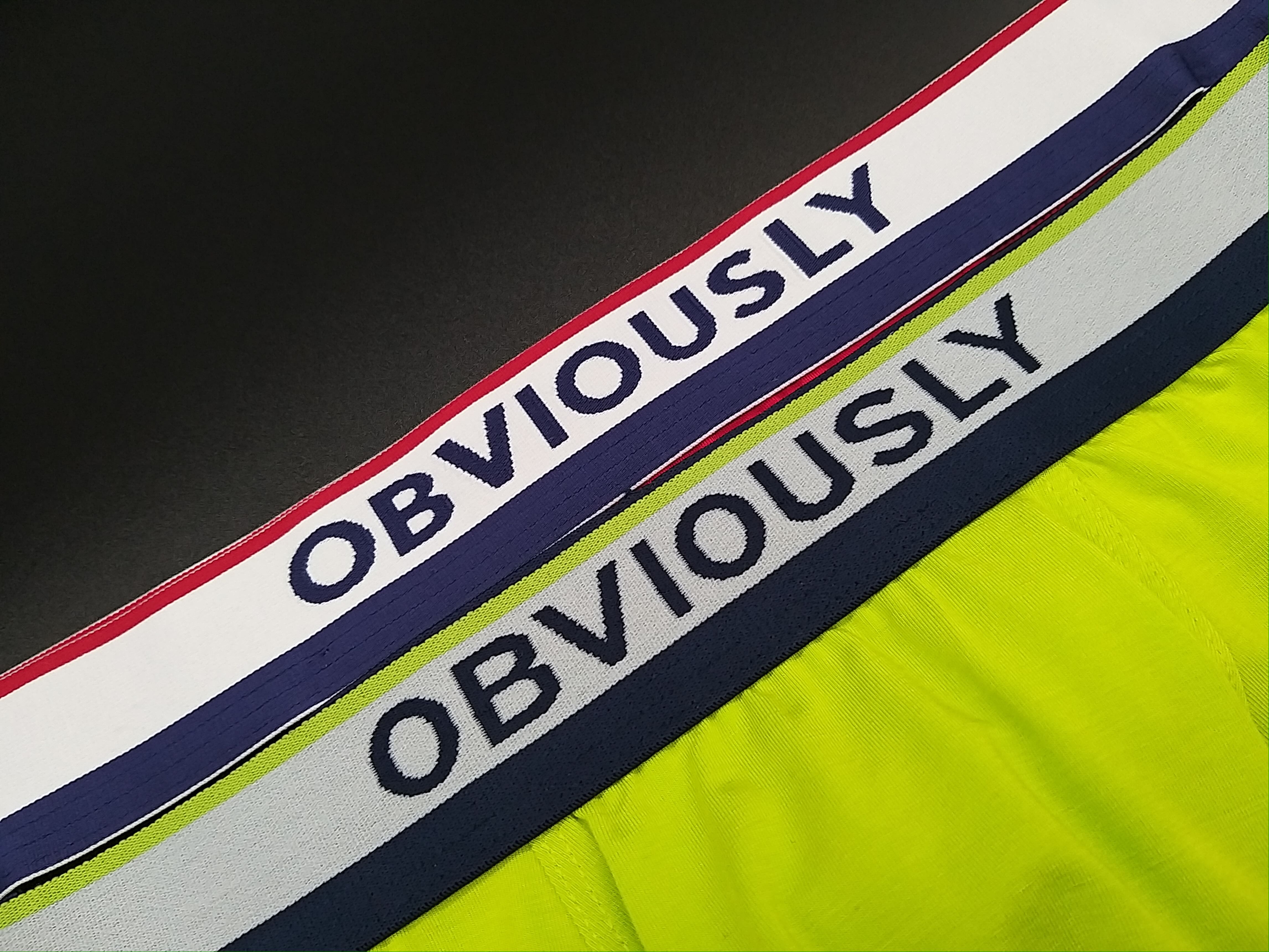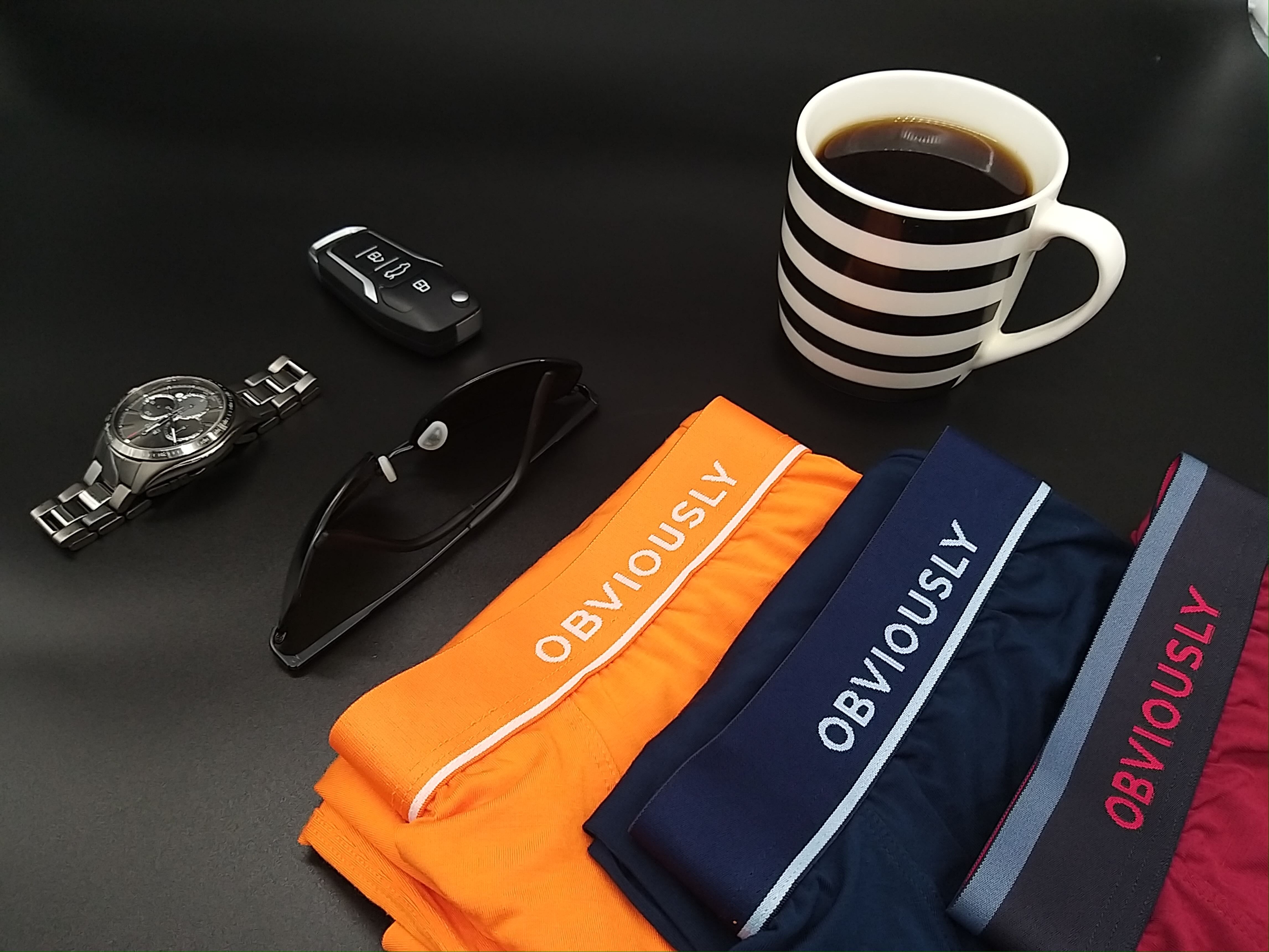
Jock Itch: What Is Jock Itch and How Does Underwear Impact It?
Imagine a world where you can bid farewell to the irritating itch and discomfort caused by jock itch. Well, the secret might just lie in your choice of underwear. The type of fabric, fit, and hygiene practices associated with your undergarments can all have an impact on jock itch, a common fungal infection that affects many men. In this article, we will unravel the mysteries of jock itch, shed light on its causes, symptoms, and the crucial role that underwear plays in its prevention and management. Get ready to take control of your hygiene and say goodbye to jock itch for good.
What Is a Jock Itch?
Jock itch, also known as tinea cruris, is a common fungal infection that affects the groin area. It is characterized by a red, itchy rash that can be uncomfortable and bothersome. Dermatophytes, a type of fungus that thrives in warm and humid environments, are what cause jock itch. These fungi can be found on the skin, and when conditions are favorable, they multiply and cause an infection.
Jock itch is more common in men, especially those who engage in activities that lead to sweating and friction in the groin area, such as athletes or individuals who wear tight-fitting clothing. The infection can spread through direct contact with an infected person or by sharing contaminated items like towels or clothing.
What Are The Symptoms Of Jock Itch?
The symptoms of jock itch can vary from person to person, but commonly include:
- Itching: Persistent itching in the groin area is one of the primary symptoms of jock itch. The itching can be intense and may worsen with sweating or friction.
- Redness: The affected area may appear red or reddish-brown. The redness is often more pronounced around the edges of the rash.
- Rash: Jock itch typically presents as a rash that can be raised, scaly, or have a well-defined border. The rash may have small, red bumps or blisters.
- Burning sensation: Some individuals may experience a burning or stinging sensation in the affected area, especially when sweating or during physical activity.
- Flaking or peeling skin: As the infection progresses, the skin in the affected area may start to flake or peel, leading to dryness and further irritation.
- Cracked or blistered skin: In severe cases, the rash may develop into cracked or blistered skin, which can be painful and may increase the risk of secondary bacterial infections.
- Odor: Jock itch can sometimes cause an unpleasant odor due to the accumulation of sweat and moisture in the affected area.
It is important to note that these symptoms may overlap with other skin conditions, so it is recommended to consult a healthcare professional for an accurate diagnosis and appropriate treatment if you suspect you have jock itch.

How Does Underwear Impact Jock Itch?
Moisture and Sweat Trapping
Tight-fitting underwear made of non-breathable fabrics can trap moisture and sweat in the groin and moist areas, creating a warm and humid environment that promotes the growth of fungi responsible for jock itch.
Friction and Irritation
Underwear that is too tight or made of rough materials can cause friction and irritation against the skin and inner thighs, exacerbating the symptoms of jock itch and potentially leading to further discomfort and inflammation.
Lack of Air Circulation
Wearing underwear that does not allow for proper air circulation can contribute to the accumulation of heat and moisture in the groin area, creating an ideal environment for fungal growth and worsening jock itch symptoms. This is very common in both adult men and men in sports.
Poor Hygiene Practices
Failure to regularly change and wash underwear can lead to the accumulation of sweat, bacteria, and fungi, increasing the risk of jock itch or exacerbating an existing infection.
Fabric Choice
Certain fabrics, such as synthetic materials like nylon or polyester, can trap moisture and heat more easily than breathable fabrics like cotton. Opting for underwear made of breathable fabrics can help reduce moisture buildup and promote better airflow, minimizing the risk of jock itch.
Fit and Comfort
Wearing underwear that is too tight or restrictive can cause irritation and friction against the skin, making the jock itch symptoms worse. Choosing underwear with a comfortable fit that allows for freedom of movement and reduces friction can help alleviate discomfort.
To prevent jock itch or manage its symptoms, it is recommended to choose underwear made of breathable fabrics, practice good hygiene by regularly changing and washing underwear, and opt for a comfortable fit that minimizes friction and irritation. These measures can help create a less favorable environment for fungal growth and contribute to better overall groin health.
Is Jock Itch Contagious?
Yes, dermatophytes are the cause of the contagious fungal skin infection known as jock itch. It can be transmitted through direct contact with an infected person or by sharing contaminated items like towels or clothing. The fungi responsible for jock itch thrive in warm and moist environments, making the groin area an ideal location for their growth. To prevent the spread of jock itch, it is important to practice good personal hygiene, avoid sharing personal items, and seek prompt treatment if you suspect you have the infection. By taking these precautions, individuals can reduce the risk of transmitting this fungal skin infection to others.
Are There Any Creams and Home Remedies That Can Help With Jock Itch?
Here are some creams and home remedies that can help with jock itch:
- Antifungal Creams: Over-the-counter antifungal creams, such as those containing clotrimazole, miconazole, or terbinafine, can be effective in treating jock itch. These creams work by killing the fungi causing the infection and relieving symptoms like itching and redness.
- Topical Steroids: In some cases, your healthcare provider may recommend a low-potency topical steroid cream to help reduce inflammation and itching associated with jock itch. However, it's important to use these creams as directed and for the recommended duration, as prolonged use of steroids can have side effects.
- Tea Tree Oil: Tea tree oil has natural antifungal properties and can be diluted with a carrier oil, such as coconut oil, and applied to the affected area. It may help alleviate symptoms and inhibit the growth of fungi. However, it's important to do a patch test first, as some individuals may be sensitive to tea tree oil.
- Apple Cider Vinegar: Diluted apple cider vinegar can be applied topically to the affected area using a clean cloth or cotton ball. It has antifungal properties and may help relieve itching and inflammation. However, it's essential to dilute it properly to avoid skin irritation.
- Garlic: Garlic has antifungal properties and can be crushed to extract its juice. Apply the juice to the affected area and leave it on for a few minutes before rinsing. Repeat this process a few times a day. However, be cautious as garlic may cause skin irritation in some individuals.
- Proper Hygiene: Maintaining good hygiene practices is crucial in managing jock itch. Keep the affected area clean and dry, wash regularly with mild soap, and pat dry thoroughly. Avoid wearing tight-fitting or non-breathable clothing, and change underwear daily.
While these creams and home remedies can provide relief and aid in the treatment of jock itch, it's important to consult a healthcare professional for an accurate diagnosis and appropriate treatment plan, especially if the symptoms persist or worsen.
Conclusion
In conclusion, jock itch is a common fungal infection that can cause discomfort and irritation in the groin area. Understanding the causes, symptoms, and preventive measures is essential for managing and preventing jock itch effectively. This article has explored the impact of underwear on jock itch, emphasizing the importance of choosing breathable fabrics, maintaining good hygiene practices, and avoiding tight-fitting clothing. Additionally, we discussed various creams and home remedies that can provide relief and aid in the treatment of jock itch. By implementing these strategies and seeking appropriate medical advice when needed, individuals can take control of their personal hygiene and minimize the risk of jock itch, ensuring optimal groin health and overall well-being.
Final Thoughts
Ready to take your underwear comfort to the next level? At Obviously Apparel, we are dedicated to transforming your underwear experience with a diverse range of styles, including boxer briefs, jockstraps, trunks, and more. We prioritize quality and craftsmanship, ensuring that each piece is meticulously designed using premium materials for the ultimate comfort and support. Discover the difference with Obviously Apparel and indulge in the luxury of superior underwear that will leave you feeling satisfied and stylish.
Sources
- https://www.healthline.com/health/jock-itch
- https://familydoctor.org/condition/jock-itch/
- https://www.healthline.com/health/is-jock-itch-contagious
- https://www.mayoclinic.org/drugs-supplements-tea-tree-oil/art-20364246
- https://www.nature.com/articles/srep22805
Disclaimer: The content provided in this article is for informational purposes only and is not intended to be a substitute for professional medical advice, diagnosis, or treatment. Obviously Apparel does not claim that our underwear products can prevent, cure, or treat jock itch or any other diseases. Our discussion on the impact of underwear on jock itch is based on general wellness practices and should not be considered medical advice. We recommend consulting with a healthcare professional for any medical concerns or conditions. Obviously Apparel is committed to promoting comfort and quality in our products, but we make no health claims regarding the prevention or cure of any disease.




